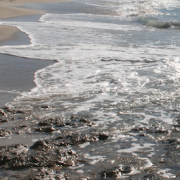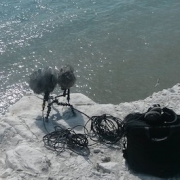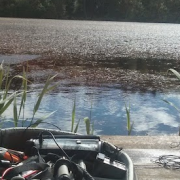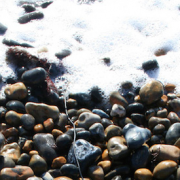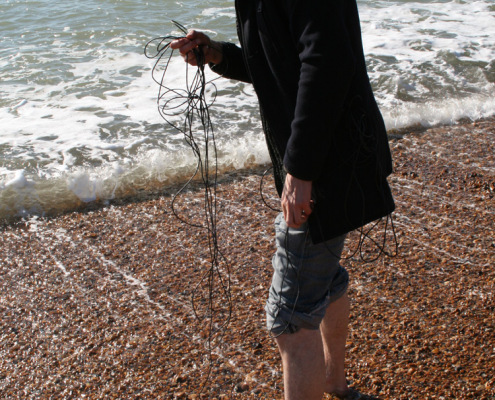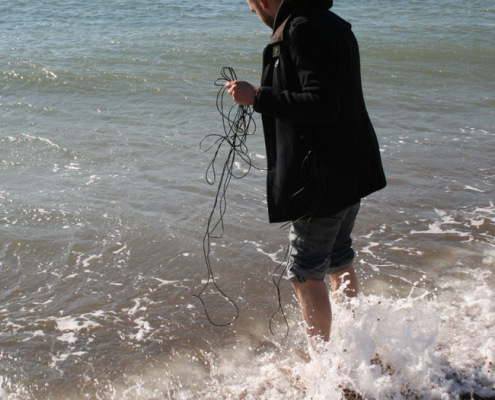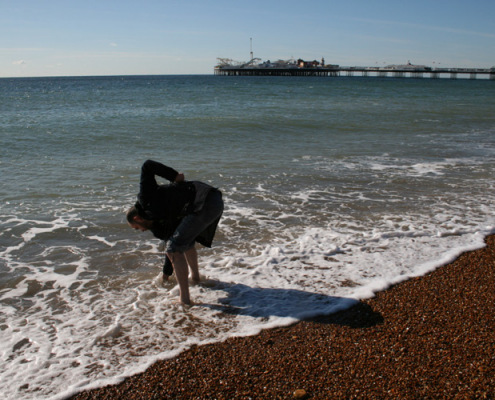A simple technique for wide & enveloping sea recordings
Somehow I find myself with a microphone at the beach a lot. I don’t particularly tend to relax much on beaches at all, but still end up visiting them often. And it might be the biggest cliche in nature sound recording, but don’t we all love that sound of waves lapsing onto a shore? Besides, the sea never sounds the same. Weather conditions of course have a great impact, and so do the time of day, ebb and flow and naturally whether it’s a sandy, rocky or pebbled beach.

